15 Vegetables That Don’t Do Well in Raised Beds (and a Few That Thrive)
Raised beds are a favorite choice for many gardeners, but not every vegetable grows well in them. Some crops need more space, deeper soil, or a different type of environment to thrive. Knowing which ones to avoid can save time, effort, and disappointment. At the same time, there are plenty of vegetables that do very well in this type of setup. Keep reading to see which plants might cause problems and which ones can reward you with healthy harvests.
This post may contain affiliate links, which helps keep this content free. Please read our disclosure for more info.
Corn
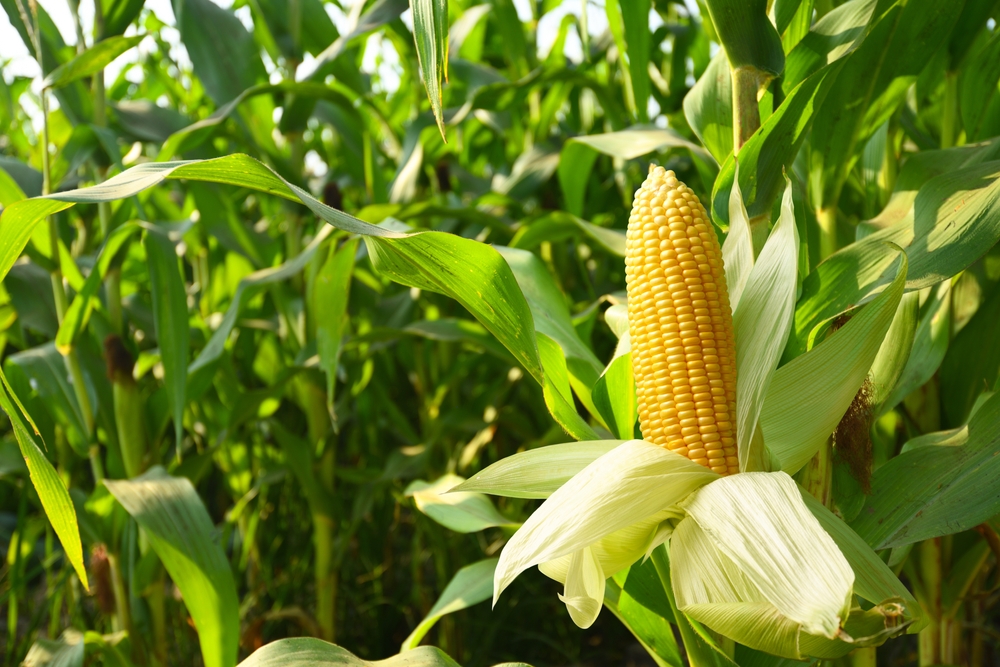
Corn is one of the hardest vegetables to grow in raised beds because of its tall stalks and shallow root system. The limited soil depth makes it difficult for the roots to anchor firmly. This can lead to plants tipping over in wind or heavy rain. Corn also needs to be grown in large blocks for pollination, which raised beds usually cannot provide.
In addition to space issues, corn has heavy nutrient needs that drain raised bed soil quickly. Fertilizing often becomes a constant task that can frustrate new gardeners. Because the plants take up so much room, you may get only a small harvest. A larger in-ground plot is a far better choice if you want sweet, healthy ears.
Pumpkins
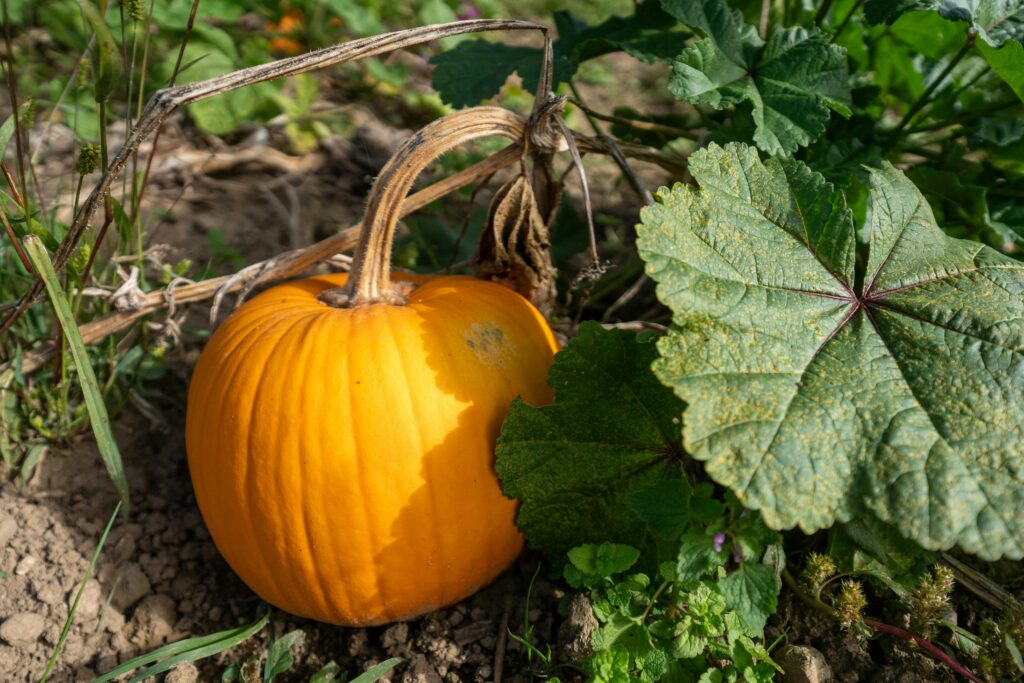
Pumpkins spread long vines that easily spill out of raised beds, overtaking nearby plants. They require a lot of space, both horizontally and vertically, which raised beds simply cannot provide. The vines can shade out other crops and make it hard to manage your garden layout. Their heavy fruits also need stable ground to rest on as they grow.
These plants thrive best when they can stretch across wide open soil. In a raised bed, they often produce fewer pumpkins and the vines can become tangled. Pests and diseases also spread more easily when airflow is limited. A patch of open ground gives pumpkins room to spread naturally.
Potatoes
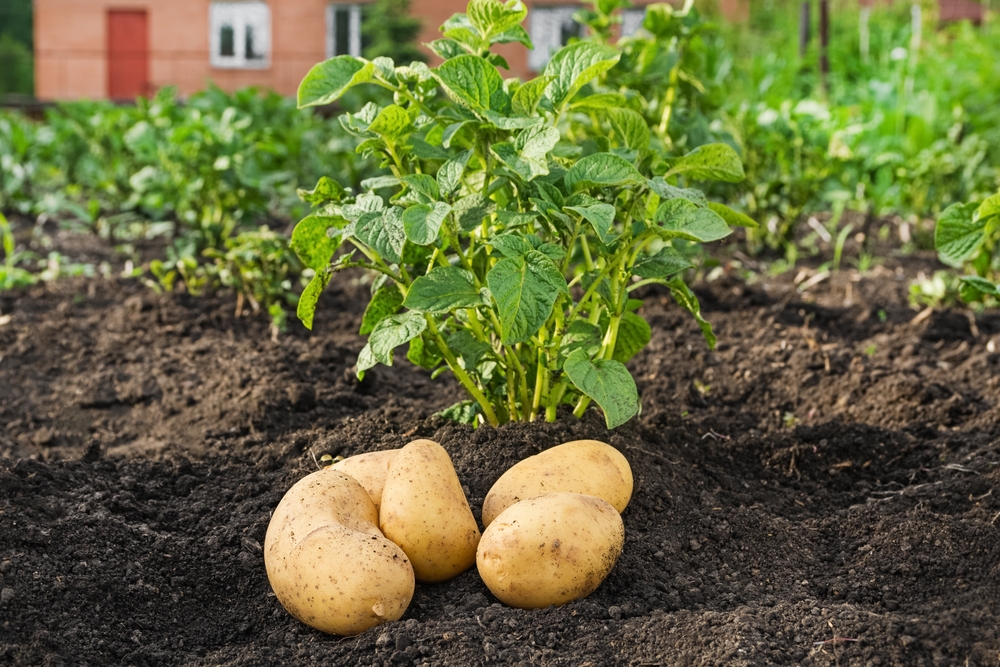
Potatoes struggle in shallow raised beds because their tubers need deep soil. When the soil depth is too short, the harvest becomes limited. Potatoes also need to be hilled, which means pulling soil up around the stems as they grow. Raised beds make this process difficult unless they are extra tall.
Another concern is that potatoes can deplete soil nutrients quickly. Because raised beds hold a smaller amount of soil, fertility drops fast. Yields are often smaller compared to planting directly in the ground. Using grow bags or trenches provides a better harvest.
Asparagus
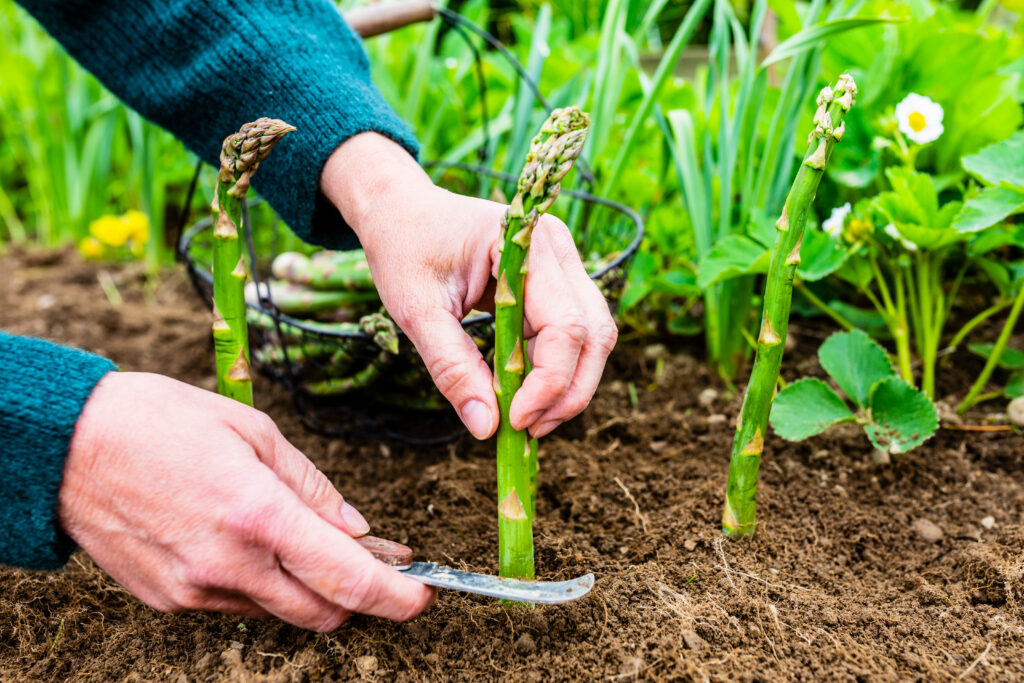
Asparagus is a long-term crop that can remain in place for decades. Raised beds may not be the best home for such a permanent plant because they eventually need rebuilding. The deep root system also struggles in shallow soil. Once planted, it is hard to move without damage.
In addition, asparagus crowns spread widely underground. Raised beds limit this growth and reduce long-term yields. These plants also need a great deal of space between rows. A traditional garden bed gives asparagus the best chance for lasting production.
Carrots
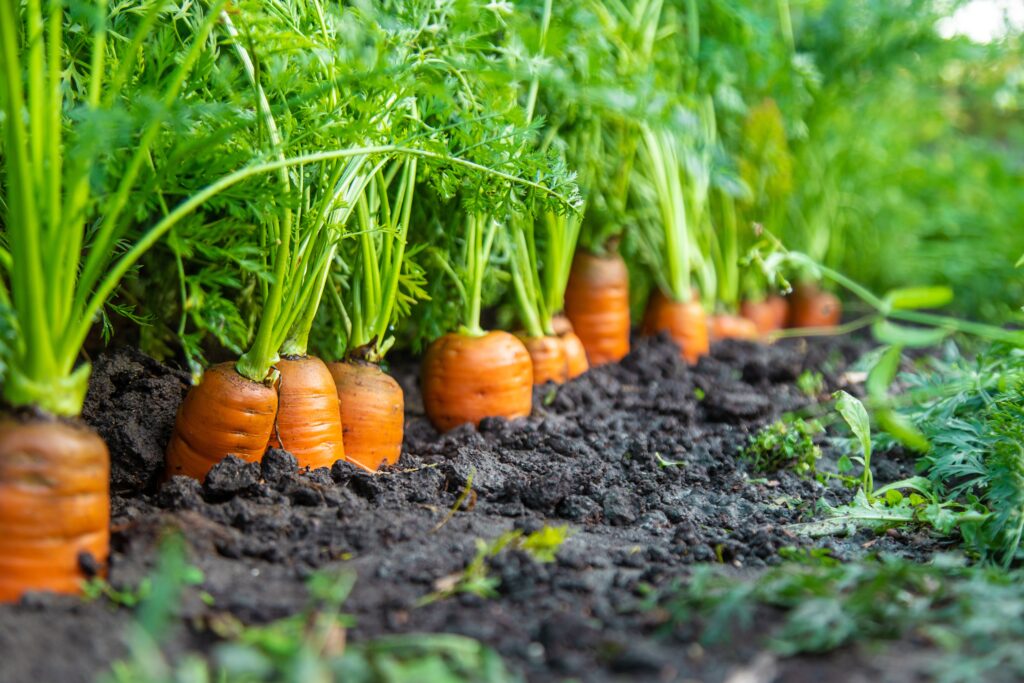
Carrots often grow misshapen in raised beds with shallow or rocky soil. Their long roots need deep, loose earth to develop properly. When the soil depth is limited, carrots twist or fork instead of growing straight. This leads to lower quality harvests.
Another issue is that raised beds tend to dry out faster. Carrots need steady moisture to avoid cracking or becoming woody. Uneven watering is a common problem that affects their flavor and texture. Deep rows in open soil provide a much more stable environment.
Celery
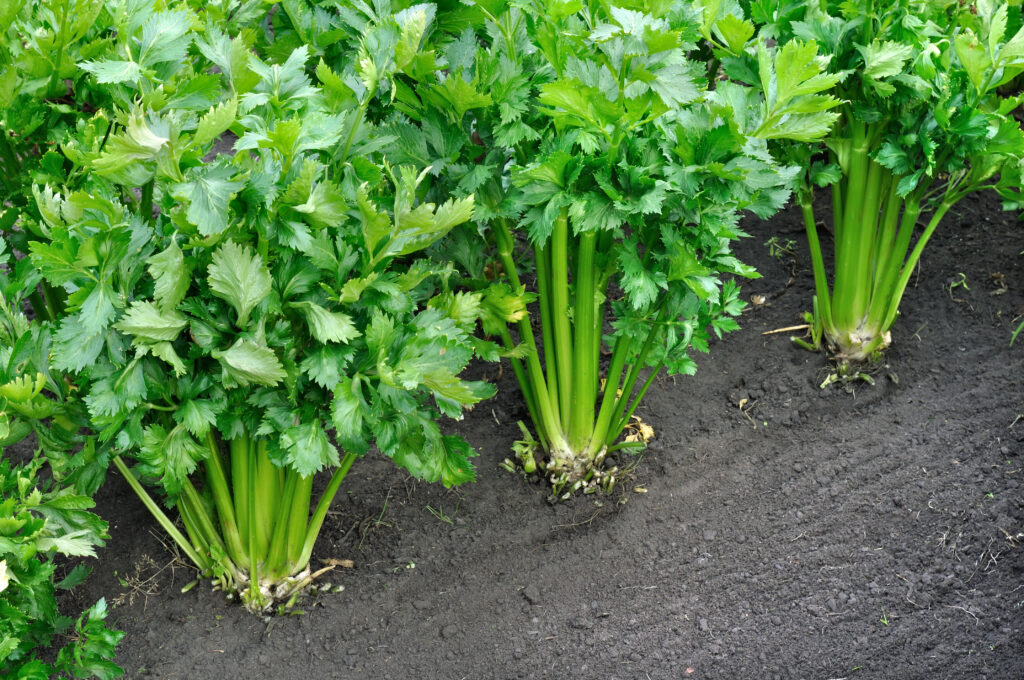
Celery demands steady moisture, and raised beds often dry out quickly in warm weather. Without enough water, the stalks turn tough and bitter. This vegetable also takes several months to mature, which means it must withstand consistent conditions for a long time. Raised beds rarely hold moisture well enough for that.
Celery also needs nutrient-rich soil, which raised beds struggle to maintain without constant feeding. Fluctuating water levels and shallow roots create further stress. Yields are usually disappointing in confined spaces. Planting celery in ground soil with good irrigation works far better.
Cabbage
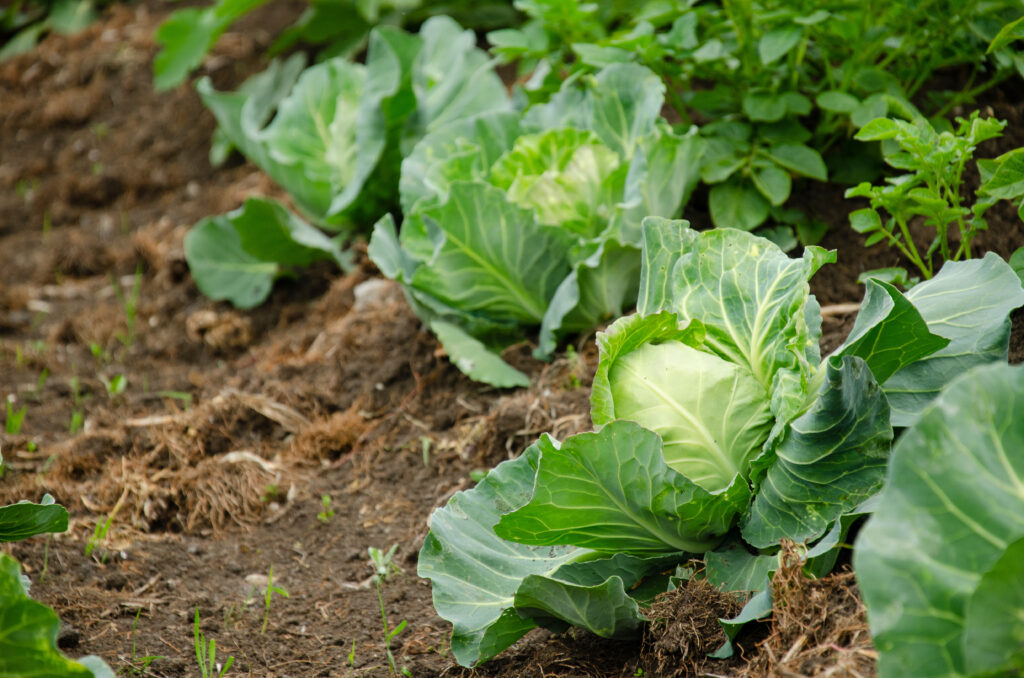
Cabbage plants become very large as they mature, taking up more space than most raised beds allow. They crowd out smaller vegetables and limit what else you can grow. Raised beds also heat up faster, which can stress cabbage during warm spells. Because of this, heads often form poorly or split early.
Cabbage is also prone to pests like cabbage worms and aphids. In the confined space of a raised bed, these pests spread faster. Nutrient needs are heavy, which requires frequent feeding to keep growth steady. Larger garden plots provide more balanced conditions for healthy heads.
Brussels Sprouts
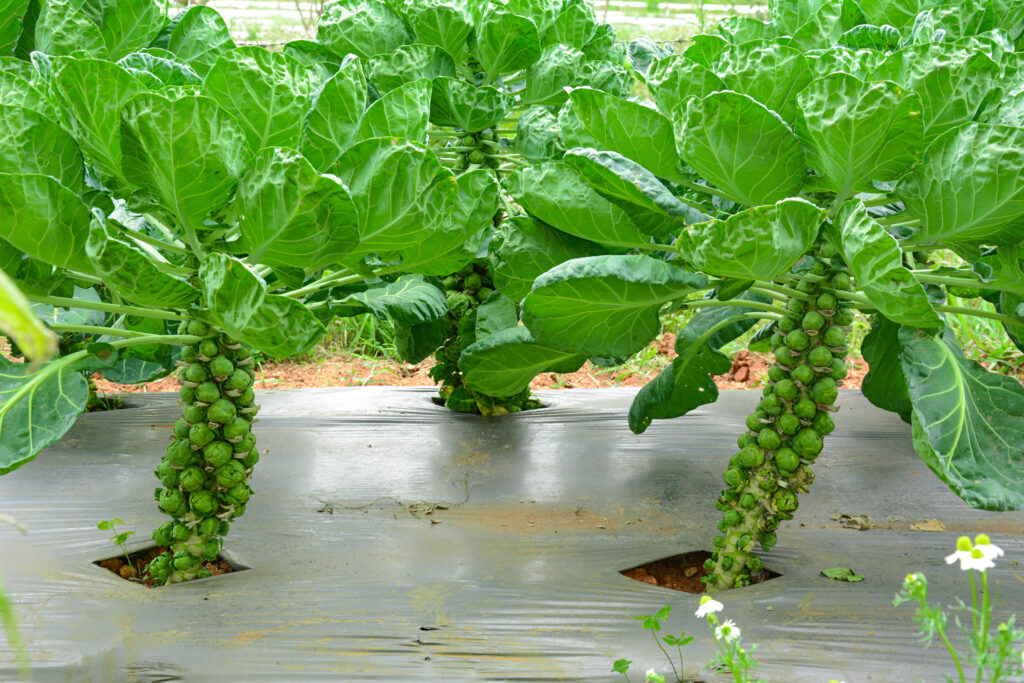
Brussels sprouts are slow-growing plants that stay in the garden for many months. Raised beds make this challenging because they tie up valuable space for too long. The tall stalks also need extra stability that shallow soil cannot provide. If the roots do not anchor well, plants topple over.
Another issue is their demand for cool weather. Raised beds warm up faster, making it harder for Brussels sprouts to stay healthy late in the season. They also need a lot of fertility to produce strong sprouts. Growing them in larger ground plots leads to better results.
Onions
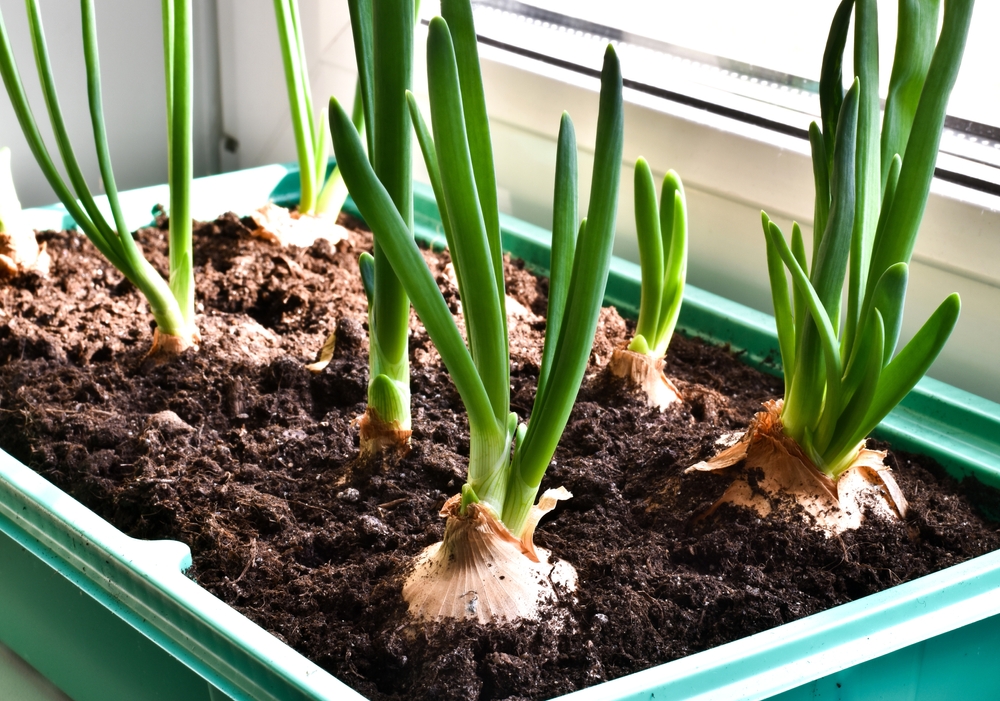
Onions can grow in raised beds, but they rarely thrive there. Bulbs need loose, evenly moist soil to form properly. Raised beds often dry out quickly, leading to small or deformed onions. Shallow soil also limits how well roots spread.
Another factor is that onions require long, steady growth over many weeks. Nutrient loss and moisture swings in raised beds disrupt this process. While green onions may do fine, full bulbs usually disappoint. Open soil offers a steadier environment for large, healthy onions.
Cauliflower
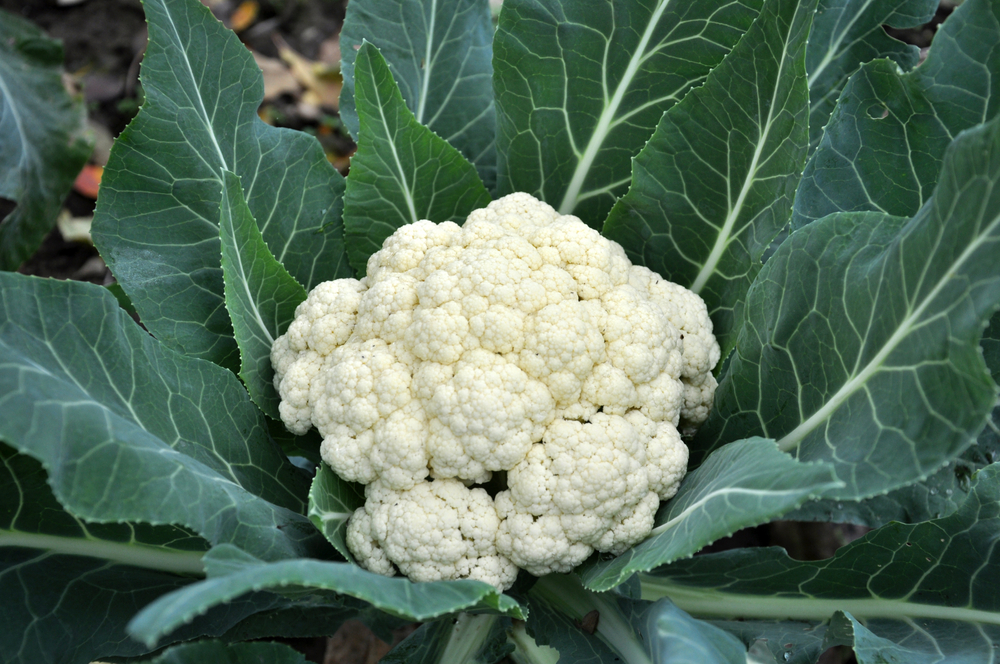
Cauliflower is very sensitive to changes in temperature and water. Raised beds often create more stress due to shallow soil and fast drying. Heads may fail to form or turn brown before harvest. This crop needs steady, cool conditions that raised beds rarely maintain.
Cauliflower also requires a lot of space for each plant. In a raised bed, they take over quickly, leaving little room for anything else. Because they are prone to pests and disease, close spacing only adds to the risk. A larger plot provides the best chance for success.
Sweet Potatoes
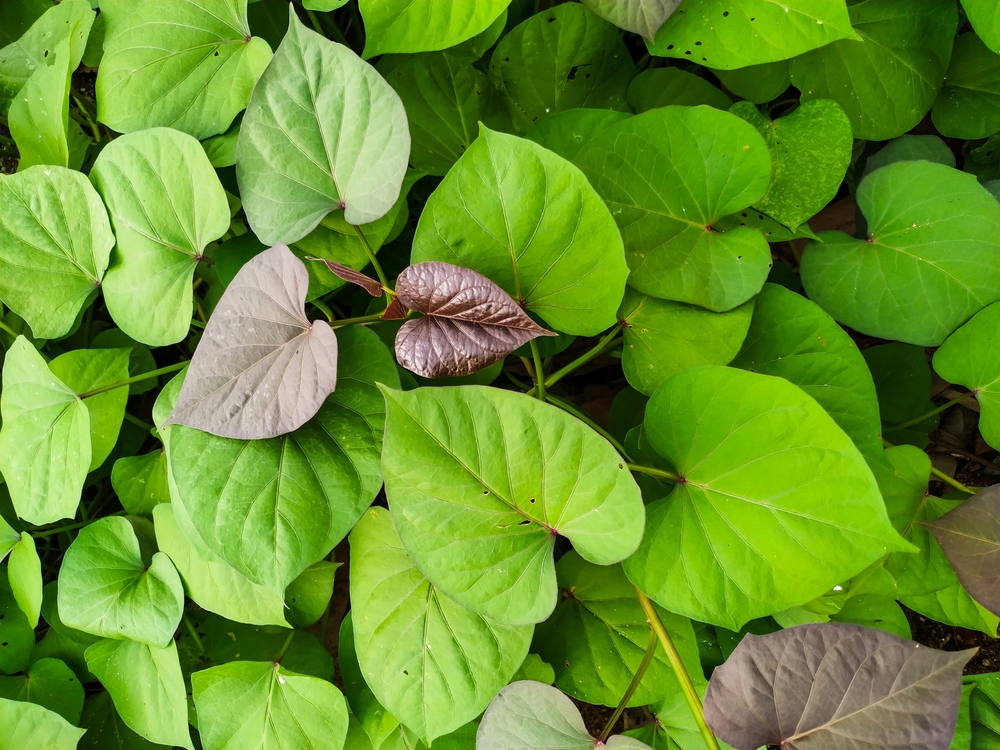
Sweet potatoes form long vines and need plenty of space to sprawl. In raised beds, they quickly overtake other crops. The tubers also need deep, loose soil to grow to full size. Raised beds limit this expansion and reduce yields.
They also thrive in warm, consistent soil, which raised beds sometimes fail to maintain. If the soil is too shallow, tubers can become stunted. Harvests are often disappointing compared to in-ground planting. A wide, open plot gives sweet potatoes room to spread and thrive.
Lettuce (Does Well in Raised Beds)
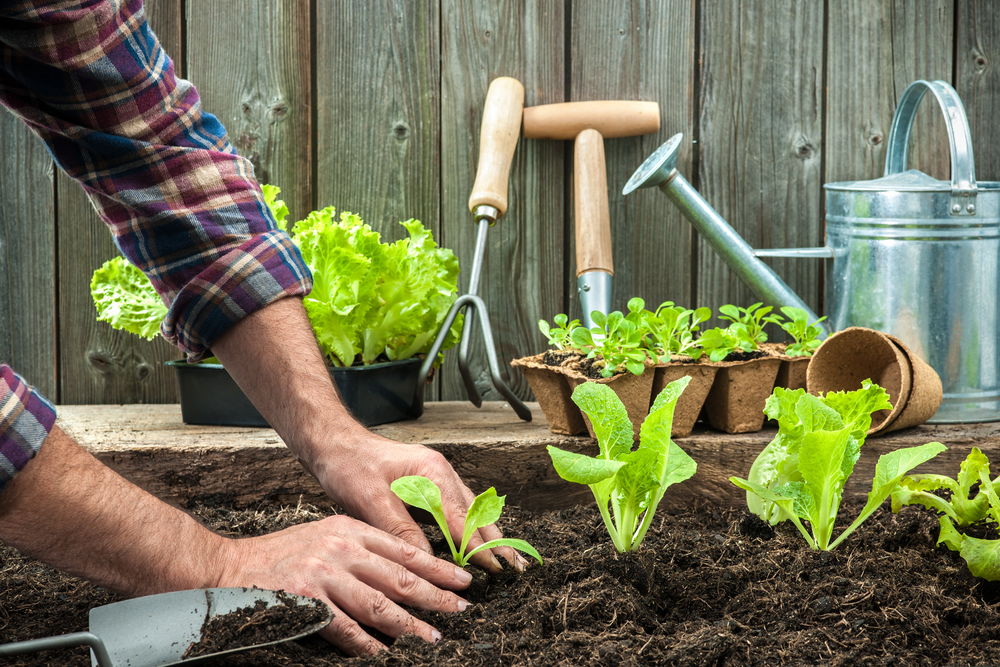
Lettuce is a perfect plant for raised beds because it grows well in cooler weather and enjoys the well-drained soil that raised beds offer. It has shallow roots, which makes it ideal for this type of gardening. Raised beds also keep the soil loose, which prevents lettuce from becoming root-bound and helps it grow evenly. The added height of the bed makes it easier to manage, especially when it comes to weeding and harvesting.
Lettuce grows quickly, making it a great crop for rotation in raised beds. Because it is harvested early, it does not compete for nutrients with longer-growing crops. Raised beds also provide the perfect environment for leafy greens to flourish. The consistent watering and drainage in raised beds prevent the leaves from becoming waterlogged or suffering from soil compaction.
Spinach (Does Well in Raised Beds)
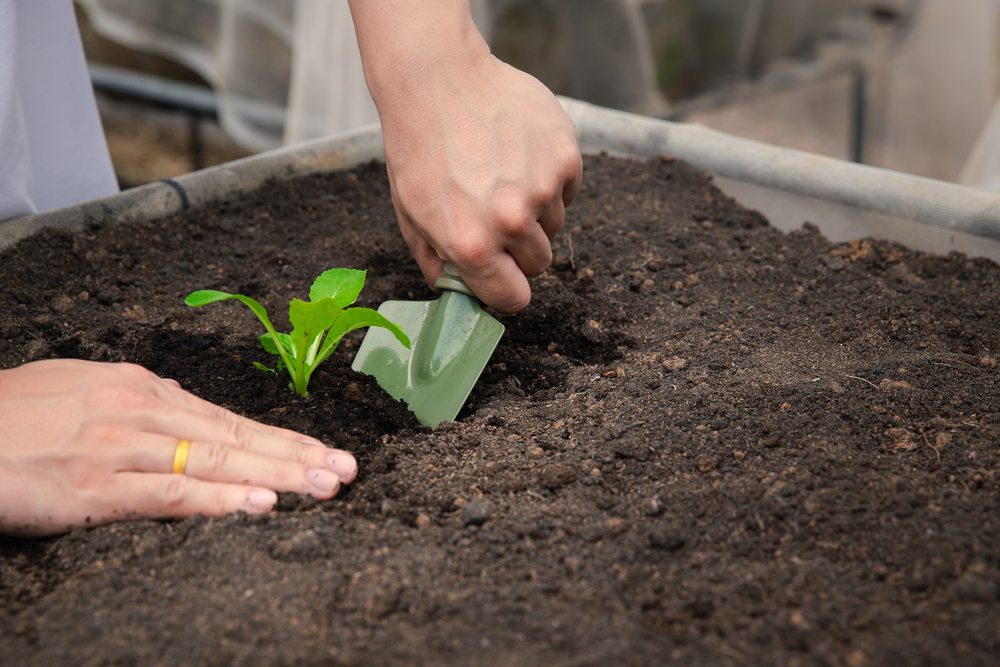
Spinach thrives in raised beds, where the soil stays loose and well-drained, preventing waterlogging, which spinach does not tolerate well. Raised beds allow for earlier planting in the spring, giving spinach a head start before the heat of summer arrives. It also loves the cooler temperatures that raised beds can provide. With quick growth, spinach is ready to harvest in just a few weeks, making it ideal for raised bed gardens.
Because spinach has shallow roots, it grows well in the confined space of a raised bed. The ease of watering and maintaining the bed’s soil ensures that spinach gets the moisture it needs without becoming soggy. Raised beds also help with pest control, as the plants are easier to access for regular maintenance. Spinach thrives with minimal care and rewards gardeners with tender, nutritious leaves.
Radishes (Does Well in Raised Beds)
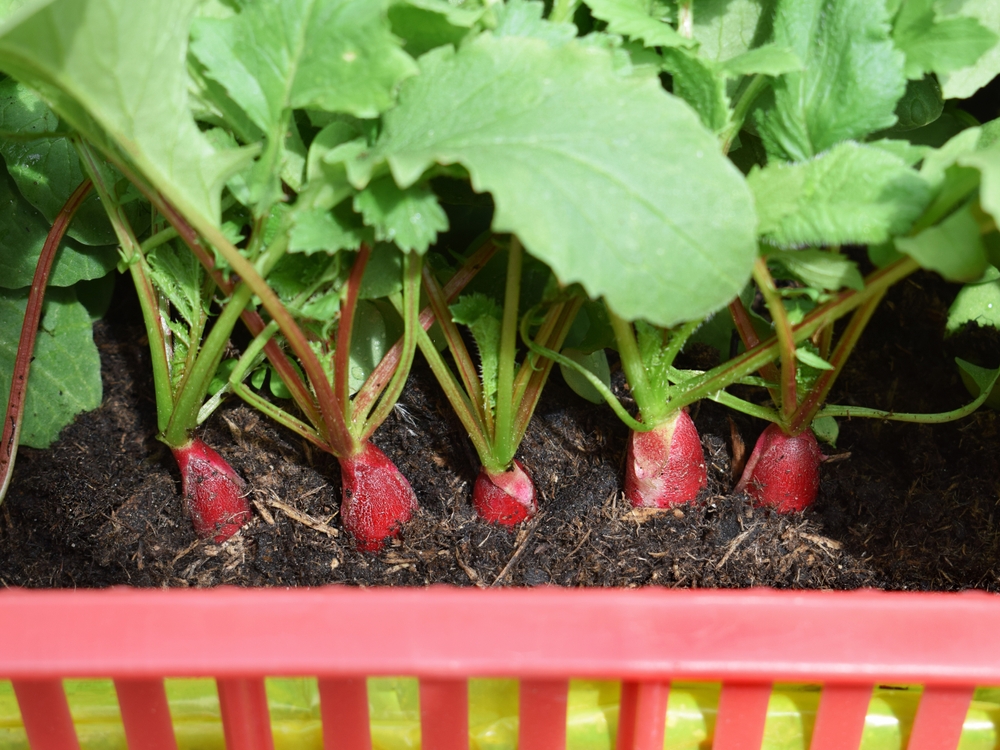
Radishes are a quick-growing root vegetable that thrives in raised beds, where the soil remains loose and well-drained. Their small size and shallow roots make them an ideal choice for raised bed gardens, where space is limited. Radishes mature in just a few weeks, meaning you can get multiple harvests in a season. The raised bed’s depth is perfect for root crops like radishes, as it gives them room to form properly.
Raised beds also make it easier to maintain ideal soil conditions for radishes, preventing them from becoming too compacted. This crop is tolerant of cooler temperatures, so it can be planted early in the spring or even in the fall. The consistent moisture provided by raised beds helps radishes grow quickly and evenly. You can grow a lot of radishes in a small space, making them a perfect fit for raised bed gardening.
Peas (Does Well in Raised Beds)
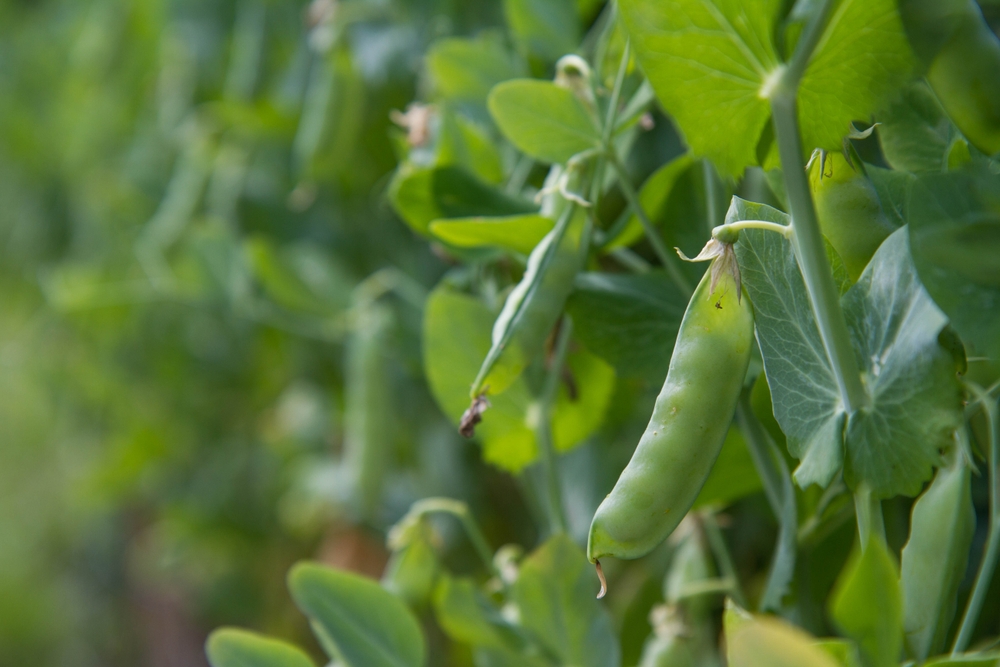
Peas thrive in raised beds, where the soil drains well and warms up earlier in the season. These cool-weather plants benefit from the consistent, even conditions raised beds provide, allowing for a longer growing season. Peas have shallow roots, which makes them an excellent choice for raised beds, where space is often limited. Raised beds also make it easy to provide the support peas need to climb, whether with trellises or netting.
Raised beds offer better control over the moisture and fertility of the soil, which peas need to grow strong and produce well. Because peas grow quickly and do well in the early spring, raised beds provide the perfect environment for early planting. The added height of raised beds makes them easier to manage, especially when harvesting the vines. Peas are a wonderful addition to any garden and flourish in raised beds with minimal care.
This article originally appeared on Avocadu.
